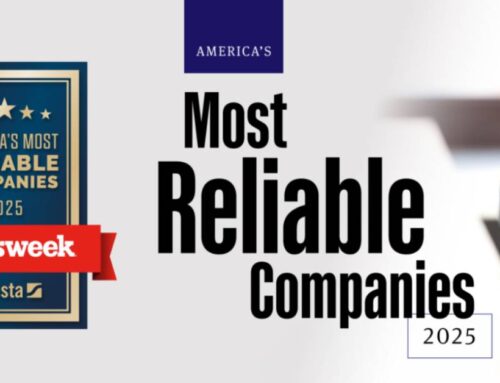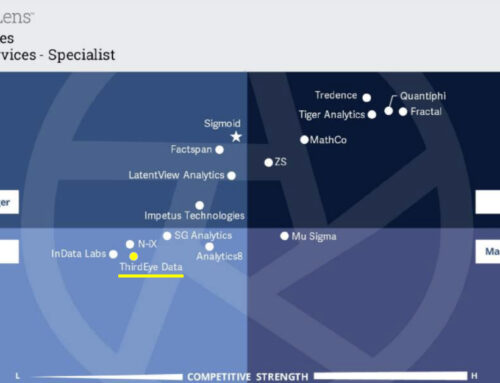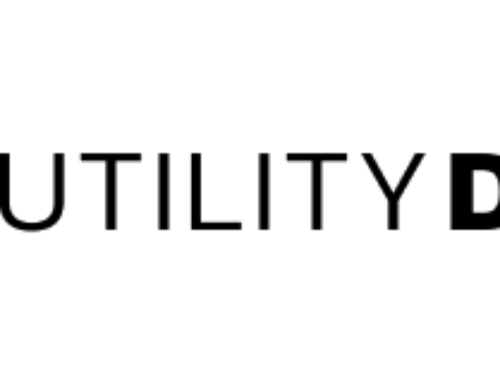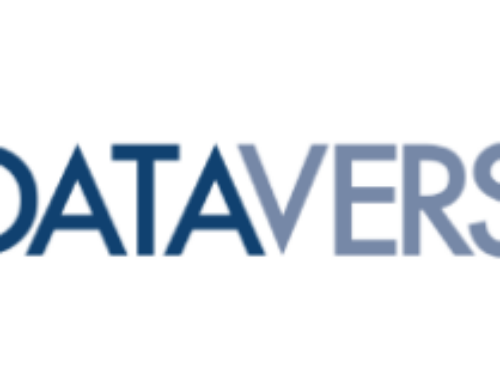How chatbots can help HR enhance employee engagement
HR teams could boost employee experience and wellbeing by embracing chatbots, writes ThirdEye Data’s Dj Das.
The pandemic has thrown workforces into disarray. From the transition to remote working to increases in job losses, employees across the globe are grappling with uncertainty and stress. It comes as no surprise that 68pc of professionals working remotely reported feeling more burned out in a recent Blind survey, while an Oracle survey found that 76pc of people believe that their companies should be doing more to support employee mental health.
Now that organisations have made it past the initial hurdle of the shift to remote work and are better able to make informed decisions, they stand at the crux of employee wellbeing – and they must act fast.
Technology plays a vital role here. Employees themselves identify technology as a key support, as found in the above Oracle survey. However, this is not always easy to balance. While there is a growing demand on the part of workers for top tech to help them with their problems, companies must take a balanced, human-friendly approach while dealing with employees who are currently managing their own stresses.
Here’s where AI comes in. Chatbots and associated historical and predictive analytics can help HR departments meaningfully communicate with their employees and get vital, actionable insights into how to promote worker wellness, engagement and positive experiences. With this, your HR team retains control of all communications but can leverage AI to gain intelligence and drive informed decision making for the benefit of the employees.
Asking the right questions at the right time
Gathering intelligence on employee experience is not always easy. Team members seldom want to be bothered with a long survey that adds to their day. An advanced AI chatbot can help here by delivering single questions via notification to an employee’s device, which are timed exactly when the person is most likely to respond.
For example, if the chatbot looks into various enterprise systems and recognises that a team member has been working consistently long hours without break, it can send a notification to the employee’s device when their schedule is clear to check in about stress levels and offer specific and highly targeted recommendations.
Employees are much more likely to provide a response when the time suits them, the request is relevant and the questions come in one by one. For instance, the chatbot may learn that people are too busy to respond on Mondays, and adjust the timing of the survey question accordingly.
And to really boost experience and support employee downtime, the chatbot could periodically offer personalised benefits such as movie tickets for the company’s film enthusiast or video game discounts for the resident gamer.
Delivering actionable insights
Even if AI automation allows HR teams to bypass manual or semi-automated data-collection methods, they are still left with masses of data to process and analyse once survey responses are in.
Inundated with this information, it’s impossible for the HR manager to create a custom plan of action for each individual team member, even though this is a necessary step to ensure employee wellbeing.
Self-learning AI algorithms play a key role here as they analyse the data collected and use information on past decisions and successful initiatives to provide actionable insights to the HR professional.
Let’s say multiple employees have had to switch roles and departments in a company due to recent changes to the business. One data point the AI might pick up from their responses is that they feel they are lacking the necessary technical skills to perform in the new roles.
Rather than simply delivering this information to the HR professional, the AI can present it along with actionable advice based on past learnings. For example, it might suggest that the company runs group technical training sessions for the employees in question, and then collect and collate all of the information needed to organise such a session.
However, it’s vital to remember that these insights are purely optional for the HR manager and are intended to supplement decision making, not drive it completely. This choice on the part of the manager – whether to act on the insights or not – provides crucial feedback for the AI algorithm, allowing it to continuously improve its performance based on the success of previous suggested actions.
A 2017 Leadership IQ survey found that only 6pc of people said their feedback leads to important changes in their organisation. With this in mind, AI presents a more reliable way to channel every team member’s voice into data-driven action.
Chatbots supporting employee wellbeing
Like with any AI, these chatbots must be used as a tool to augment the work of humans, not replace them entirely. In the case of boosting employee experience, HR teams must remember that when it comes to wellbeing, many topics are sensitive and employees might prefer to have direct communication with a qualified human rather than a bot.
For example, if a worker informs the AI that they are struggling emotionally, the AI bot should automatically alert a qualified professional to speak directly with that person. Using natural language processing technologies, the AI is able to detect the kind of language that indicates a person’s wellbeing is at risk.
This helps HR teams unlock unprecedented levels of visibility into employee wellbeing, which has never been more crucial. Rather than leaving all of the communication to the bot, managers can make informed judgement calls as to when they need to step in and deliver a more human approach.
Having said this, it’s hard to talk about mental health, so it’s no surprise that many employees would actually prefer to talk to a chatbot. AI can be as discreet as necessary about personal matters that employees might hesitate to divulge to a human.
Bots are also available to talk 24/7. HR departments can use this as an opportunity to see trends in mental health across the organisation from the anonymised data collected from the conversations, and use those macro-level insights to help build a culture that normalises talking about mental wellbeing.
There’s little doubt that employee experience and wellbeing is the foundation to a healthy, happy and productive workforce. How to achieve this, however, is still up for dispute. By integrating AI chatbots and data analytics in new, innovative ways, HR teams can gather vital insights and take immediate action, all while boosting employee engagement and ensuring their workforce feels more valued than ever before.
By DJ Das
DJ Das is CEO of ThirdEye Data, an AI and big data consulting company based in California.









